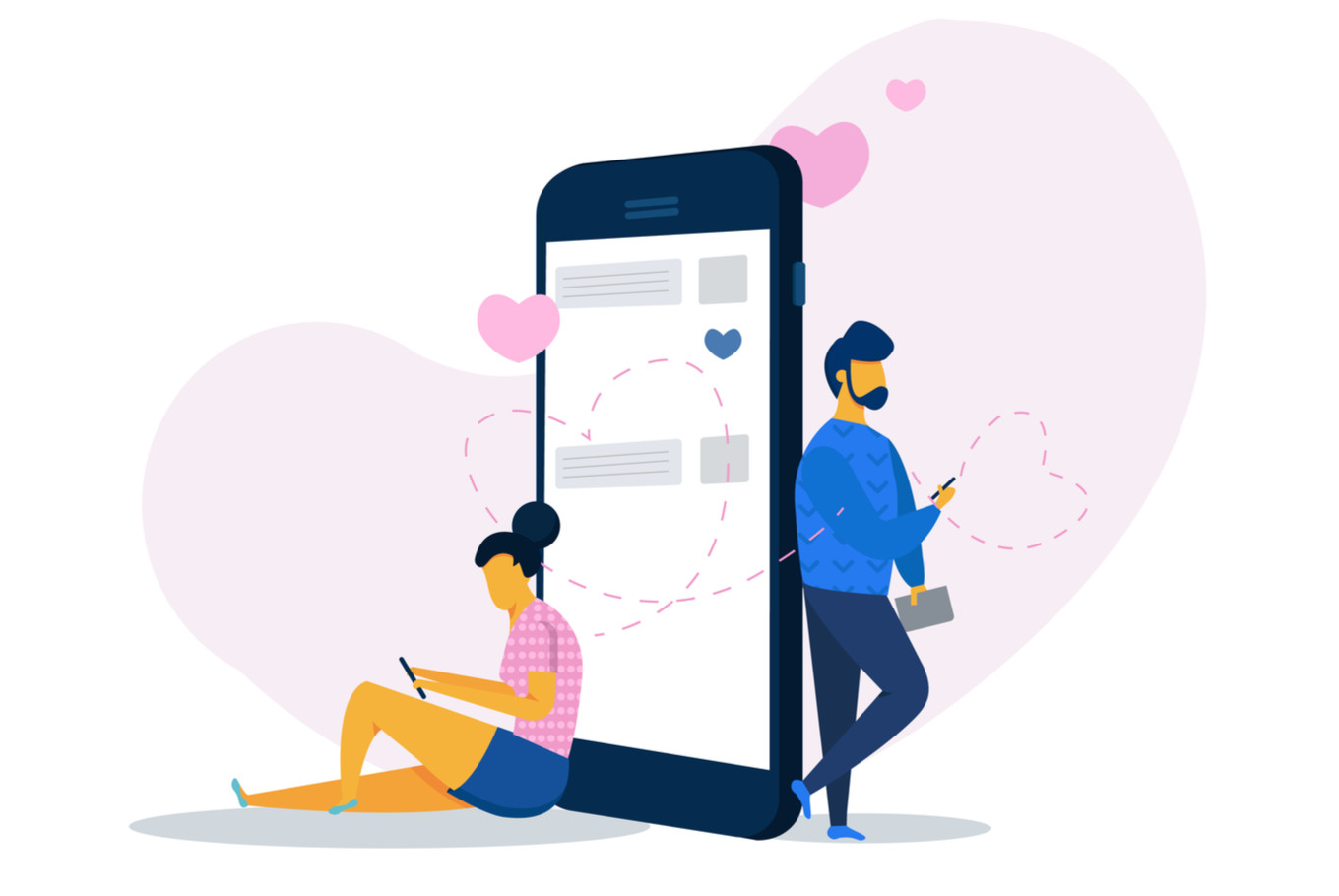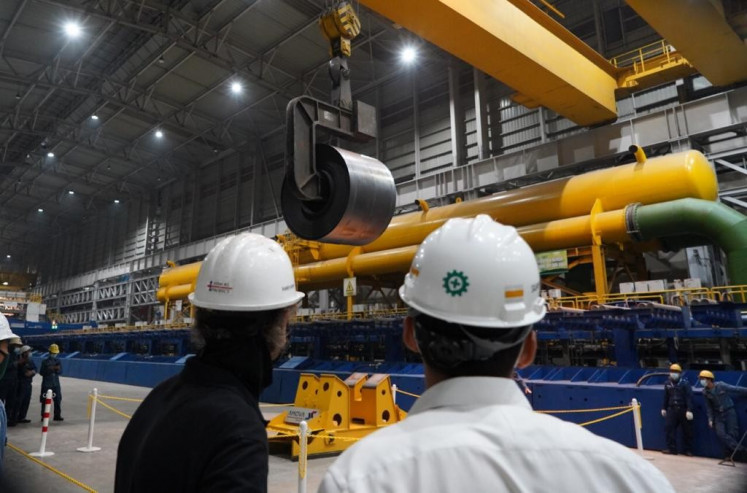Popular Reads
Top Results
Can't find what you're looking for?
View all search resultsPopular Reads
Top Results
Can't find what you're looking for?
View all search resultsThe future of dating, when 'online dating' is simply dating
Today, as countries, including Indonesia, continue to relax their social and physical distancing policies, that understanding of how an online connection is as meaningful as real-life connection would remain to be true.
Change text size
Gift Premium Articles
to Anyone
T
he pandemic continues to dissolve the fading line between our digital and physical lives. Before COVID-19, we used the term “IRL”, or “In Real Life” to delineate our experiences in the real world from the ones we experience online. With it, came the implication that physical life is real, and that digital life is not. Today, it would be hard to deny that “real life” is both physical and digital.
Tinder users have spent more time on our platform during the pandemic and connecting with their matches. We experienced an increase of 20 percent in average daily conversation across the globe between the period of Feb. 20 and March 26, 2020, globally. The total duration of conversation also lasted 25 percent longer than before.
In Indonesia, we see an increase of 23 percent for the average daily conversation and an increase of 19 percent on the average duration of conversation compared to before. Based on this data, it is clear that social or physical distancing is helping everyone experience what we already knew at Tinder — that a connection formed entirely through digital means is just as meaningful as one established in person.
Today, as countries, including Indonesia, continue to relax their social and physical distancing policies, that understanding of how an online connection is as meaningful as real-life connection would remain to be true. We see several trends happening on our platform as our product continues to change as well.
We conducted a focus group no longer than a year ago, and the young participants told us that they did not understand people kept using “IRL” when referring to experiences in the physical world. For them, their digital experiences, socializing online is their real-life. This is certainly a very simple and powerful idea in dating that we believe to be most relevant for our Generation Z members.
Of course, we’re not saying digital experiences will replace physical ones. However, it is important to note real-life, and digital-life are not as different as they once were because people have become more connected online and are socializing on digital platforms like Tinder, as they would physically in the past.
We are more comfortable sharing how we feel, and who we are, through a screen
It is incredible how quickly virtual happy hours and video dates have become normal. Just weeks ago, jumping on a video chat with a new match seemed awkward or aggressive; now, new matches are excited for screen time.
The experiences we have in the physical world will certainly not be replaced by digital experiences. However, our digital life, which currently more focused on our work-life due to the work from home policy, has started to extend into the emotional world.
Video has become a new trend for socializing with new connections. People are using workplace video conferencing tools like Zoom to hack together happy hours, and just generally “hang out”, having cooking class together and including dates on Animal Crossing or Fortnite. On Tinder, historically, it was about swiping to meet somebody new. And then you would socialize with them in the physical world.
Today, we see that people come to Tinder to connect and socialize with new people as a start. Historically, we are about swiping, but now it has gone from swiping to socializing where we can actually connect on screen.
We consider our initial intention of swiping to meet new people as the first wave where a large community was coming to Tinder to simply meet new people – to meet someone new for something more. After eight years of this first wave becoming the trend, we are entering the second wave where younger people/gen Z is coming to Tinder to socialize, connect on the platform and hang out. In order to cater to this need, we want to create experiences for our users by providing our users with things to do, for example, a trivia night.
As we expand into a deeper socializing, we know that there are a few things considered to be incredibly important. You want to know that you can trust the people on Tinder and they are who they claim to be. For a better user experience in regards to trust and safety, we have introduced photo verification that compares a posed photo taken in real-time to the images appear on a member’s profile.
With the second wave coming where people are moving away from swiping to socializing, we do believe that it is only a matter of time before it becomes a trend across the globe.
***
CEO of Tinder










